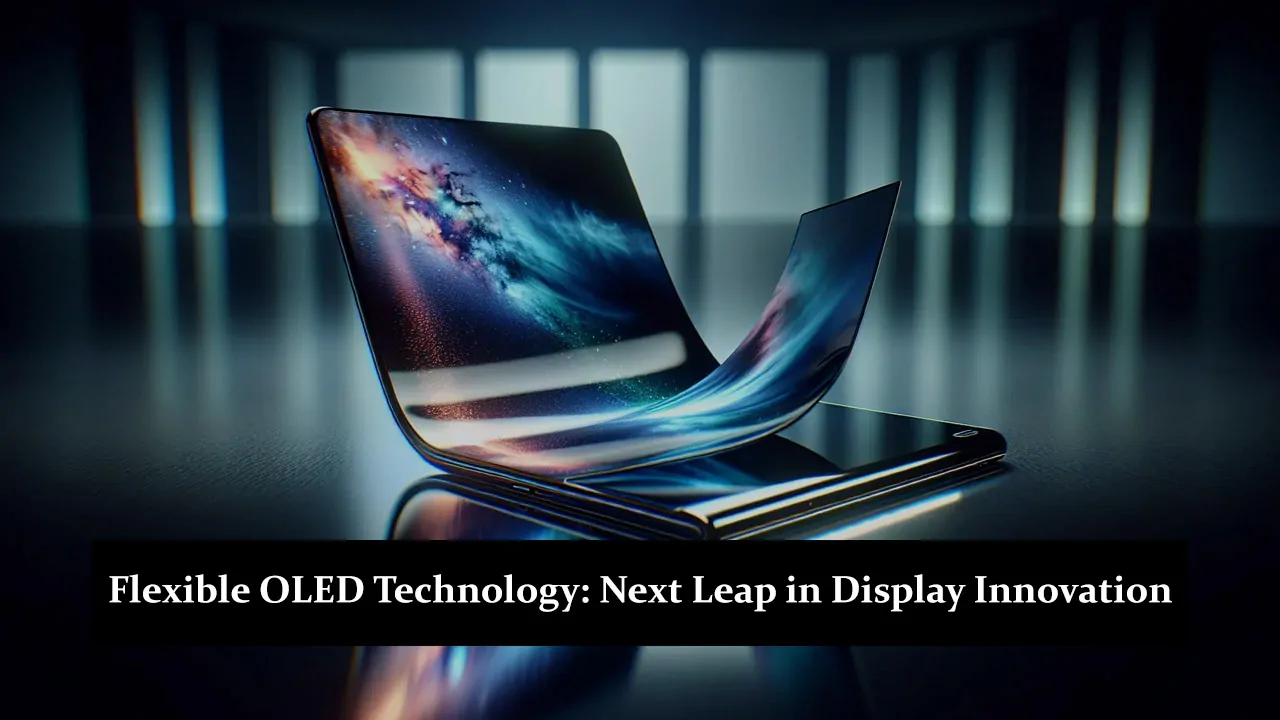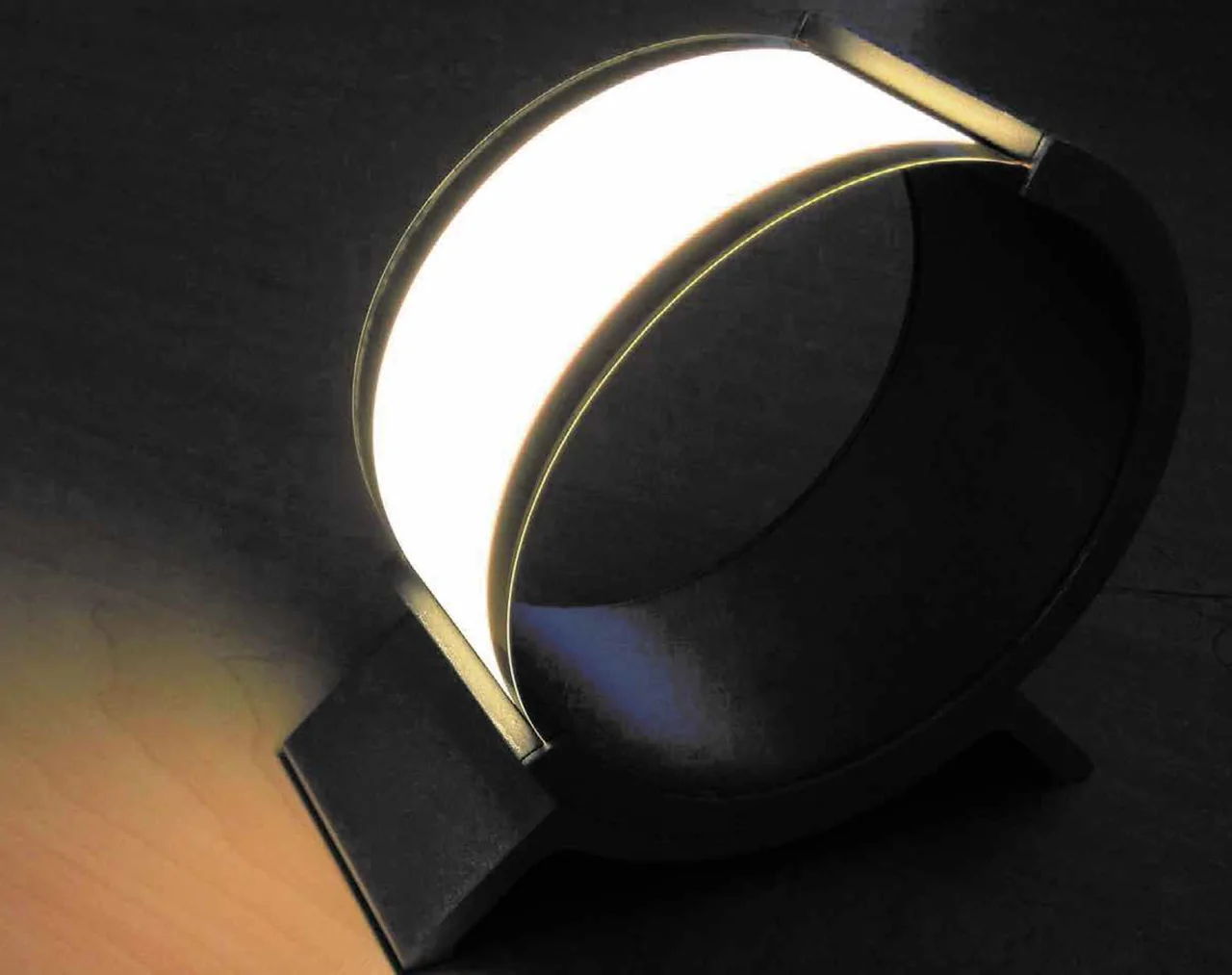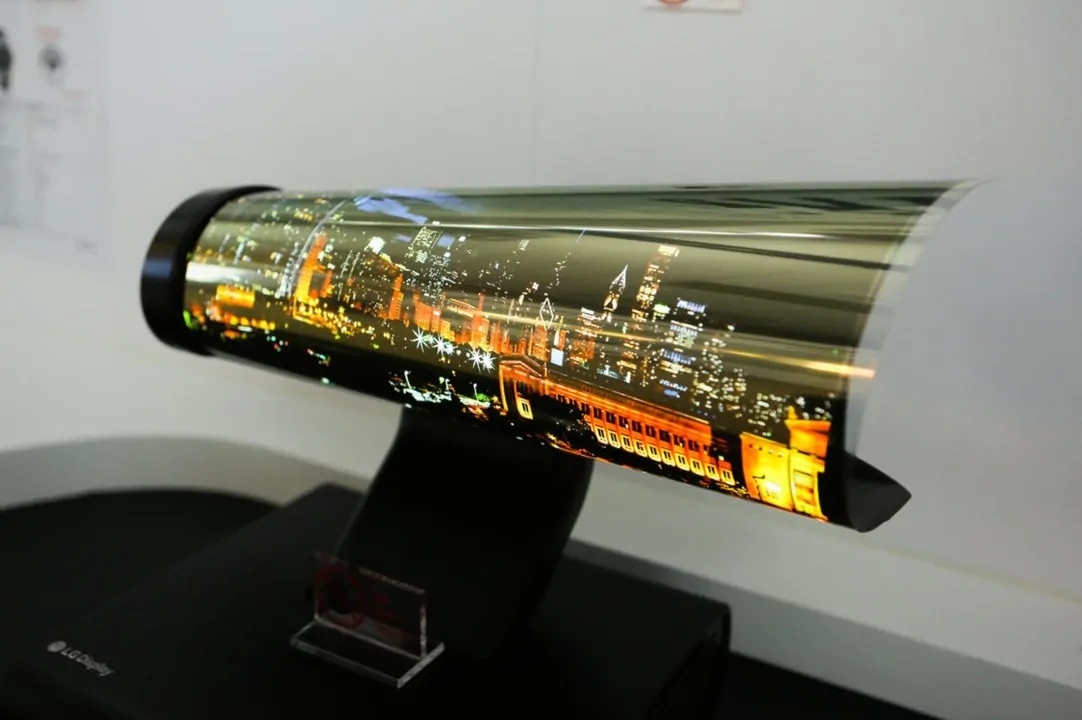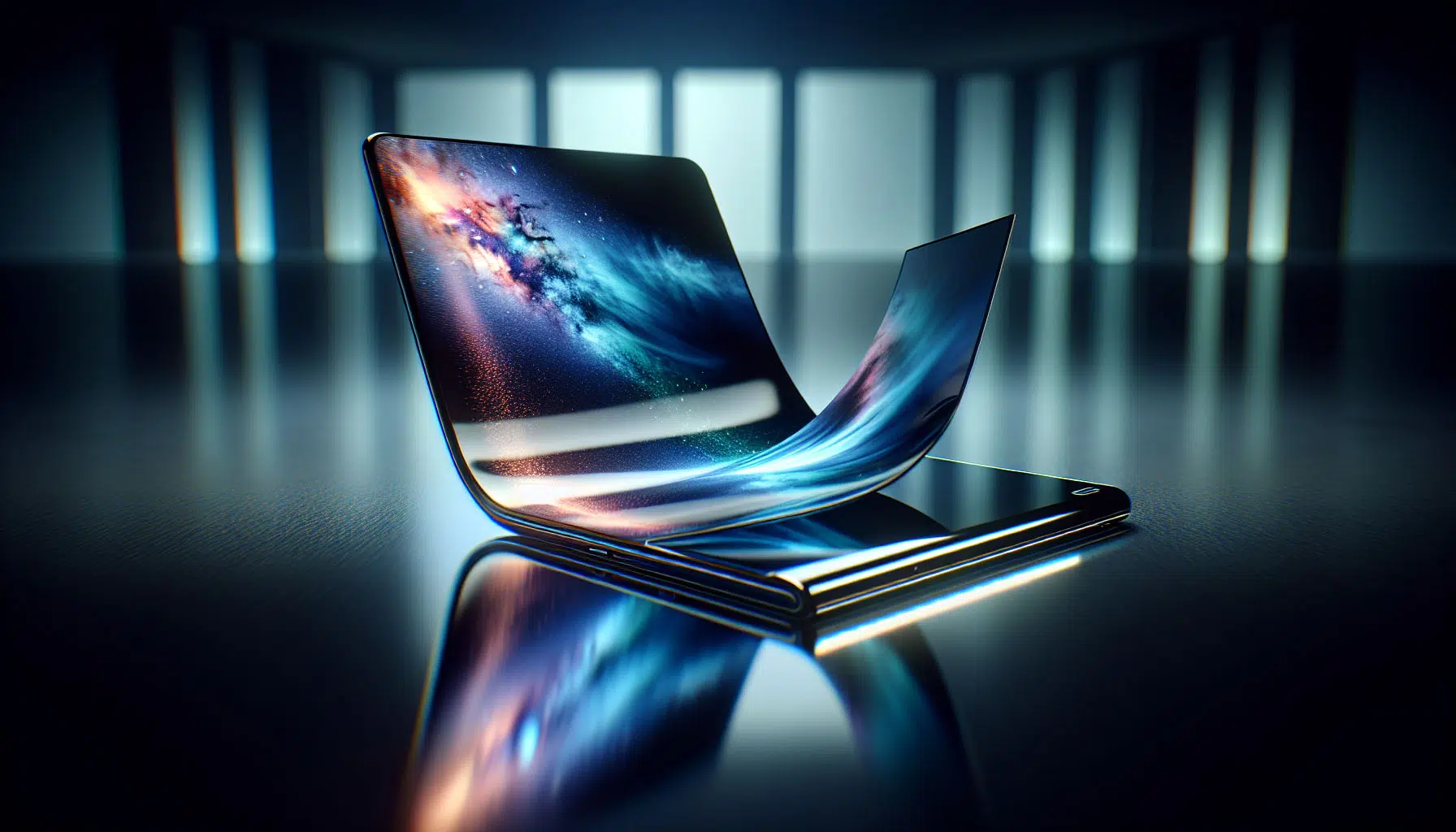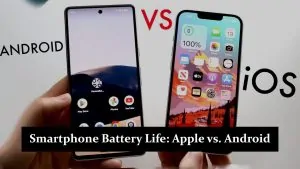OLED (Organic Light-Emitting Diode) technology is a cutting-edge display technology used in many modern devices. Unlike traditional LED and LCD screens, OLED doesn’t need a backlight because each pixel produces light. This allows for better contrast, richer colours, and thinner screens. OLEDs are flexible, energy-efficient, and can even be curved, making them perfect for today’s sleek and innovative designs. As demand for clearer, more vibrant displays grows, OLED has become increasingly important in devices like smartphones, TVs, and wearables.
What is Flexible OLED?
Flexible OLED is a type of OLED display that can bend or fold without breaking, offering new design possibilities for devices. Unlike traditional rigid screens, flexible OLEDs use organic materials that emit light when an electric current passes through them. These organic compounds are placed on a flexible substrate, often plastic, allowing the screen to curve or even roll up. The flexibility allows manufacturers to create foldable phones, wearable gadgets, and other innovative products. Flexible OLEDs are lightweight, durable, and can withstand impacts better than traditional displays, making them a key technology for the future.
How Flexible OLEDs Are Made
Flexible OLEDs are made through a complex process that involves layering organic compounds onto a flexible plastic substrate instead of the traditional glass used in rigid OLEDs. These organic materials light up when an electric current is applied, creating the display. The key materials used include organic light-emitting compounds and flexible plastics like polyethene or polyimide, which allow the screen to bend. The manufacturing process is delicate and requires precision, as even small defects can affect the display quality. One of the biggest challenges in producing flexible OLEDs is ensuring durability while keeping costs down, as they are more expensive and harder to mass-produce than traditional displays.
Applications of Flexible OLEDs
- In Mobile Devices:
- Curved and foldable mobile phones for innovative designs and better portability
- Wearable technology like smartwatches and fitness bands with flexible, comfortable screens
- In TVs and Monitors:
- Curved TVs for a more immersive viewing experience
- Ultra-thin and flexible monitors that can adapt to different spaces
- In Automotive and Industrial Displays:
- Heads-up displays (HUDs) for projecting information on windshields or helmets
- Flexible OLEDs used in car interiors for futuristic dashboard designs and displays
Advantages of Flexible OLED Technology
- Ultra-thin and lightweight design for sleek, portable mobile phones.
- Enhanced durability, as flexible materials make the display more resistant to impact and bending
- High contrast, vivid colours, and superior viewing angles for a better visual experience
- Energy efficiency, as OLEDs consume less power, especially when displaying darker images compared to other display technologies
Comparison with Other Displays
| Comparison Aspect | Flexible OLED | Rigid OLED | LCD | MicroLED | Mini-LED |
| Flexibility | Yes | No | No | No | No |
| Image Quality | High | High | Lower | Superior | Good |
| Energy Efficiency | Energy-efficient, especially with dark content | Energy-efficient | Less efficient, especially with dark content | Highly efficient | Efficient |
| Cost & Production | Higher cost due to complex production | Lower cost compared to flexible OLED | More affordable, widely available | Very high production costs, limited availability | Moderate cost, still evolving |
| Contrast | Excellent | Excellent | Average | Excellent | Good |
| Colour Accuracy | Superior | Superior | Good | Excellent | Good |
| Brightness | Moderate | Moderate | Moderate | Superior | Excellent |
| Durability | Durable due to flexibility | Less flexible, can crack | Moderate | Highly durable | Good but not flexible |
Challenges of Flexible OLED Technology
- High production costs, making flexible OLEDs more expensive than traditional displays.
- Scalability issues, as mass production remains difficult due to complex manufacturing processes.
- Durability concerns, particularly with vulnerability to moisture and oxygen, which can degrade the display over time.
- Shorter lifespan compared to rigid OLEDs, as the flexible materials may wear out faster under repeated bending.
- Limited market availability, with fewer manufacturers producing flexible OLEDs than rigid OLED or LCD panels.
Conclusion
Flexible OLED technology offers a groundbreaking advancement in display design, providing ultra-thin, lightweight, and bendable screens with vivid colours and high contrast. While it faces challenges like high production costs and durability concerns, its potential is vast, especially in mobile devices, wearables, and automotive displays. As the technology improves and becomes more accessible, flexible OLEDs are set to transform various industries, enabling innovations in design and functionality. The future looks bright for flexible OLED, with endless possibilities for creative applications.
